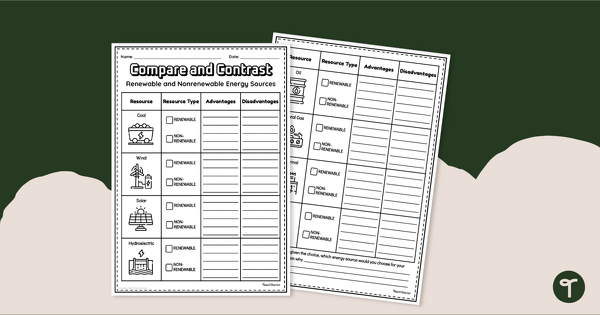Year 7
There are two units of study in the Year 7 curriculum for Geography: 'Water in the world' and 'Place and liveability'.
'Water in the world' focuses on water as an example of a renewable environmental resource. This unit examines the many uses of water, the ways it is perceived and valued, its different forms as a resource, the ways it connects places as it moves through the environment, its varying availability in time and across space, and its scarcity. 'Water in the world' develops students' understanding of the concept of environment, including the ideas that the environment is the product of a variety of processes, that it supports and enriches human and other life, that people value the environment in different ways and that the environment has its specific hazards. Water is investigated using studies drawn from Australia, countries of the Asia region, and countries from West Asia and/or North Africa.
'Place and liveability' focuses on the concept of place through an investigation of liveability. This unit examines factors that influence liveability and how it is perceived, the idea that places provide us with the services and facilities needed to support and enhance our lives, and that spaces are planned and managed by people. It develops students' ability to evaluate the liveability of their own place and to investigate whether it can be improved through planning. The liveability of places is investigated using studies drawn from Australia and Europe.
The content of this year level is organised into two strands: geographical knowledge and understanding, and geographical inquiry and skills. These strands are interrelated and have been developed to be taught in an integrated manner, and in ways that are appropriate to specific local contexts. The order and detail in which they are taught are programming decisions.
Key inquiry questions
A framework for developing students' geographical knowledge, understanding and skills is provided through the inclusion of inquiry questions and specific inquiry skills, including the use and interpretation of maps, photographs and other representations of geographical data.
The key inquiry questions for Year 7 are:
- How do people's reliance on places and environments influence their perception of them?
- What effect does the uneven distribution of resources and services have on the lives of people?
- What approaches can be used to improve the availability of resources and access to services?
(source: www.australiancurriculum.edu.au)
Achievement Standard
By the end of Year 7, students describe geographical processes that influence the characteristics of places and how the characteristics of places are perceived and valued differently. They explain interconnections between people and places and environments and describe how these interconnections change places and environments. They describe alternative strategies to a geographical challenge referring to environmental, economic and social factors.
Students identify geographically significant questions to frame an inquiry. They evaluate a range of primary and secondary sources to locate useful information and data. They record and represent data and the location and distribution of geographical phenomena in a range of forms, including large-scale and small-scale maps that conform to cartographic conventions. They interpret and analyse geographical maps, data and other information to propose simple explanations for spatial distributions, patterns, trends and relationships, and draw conclusions. Students present findings and arguments using relevant geographical terminology and digital technologies in a range of communication forms. They propose action in response to a geographical challenge, taking account of environmental, economic and social factors, and describe the expected effects of their proposal.
(source: www.australiancurriculum.edu.au)
